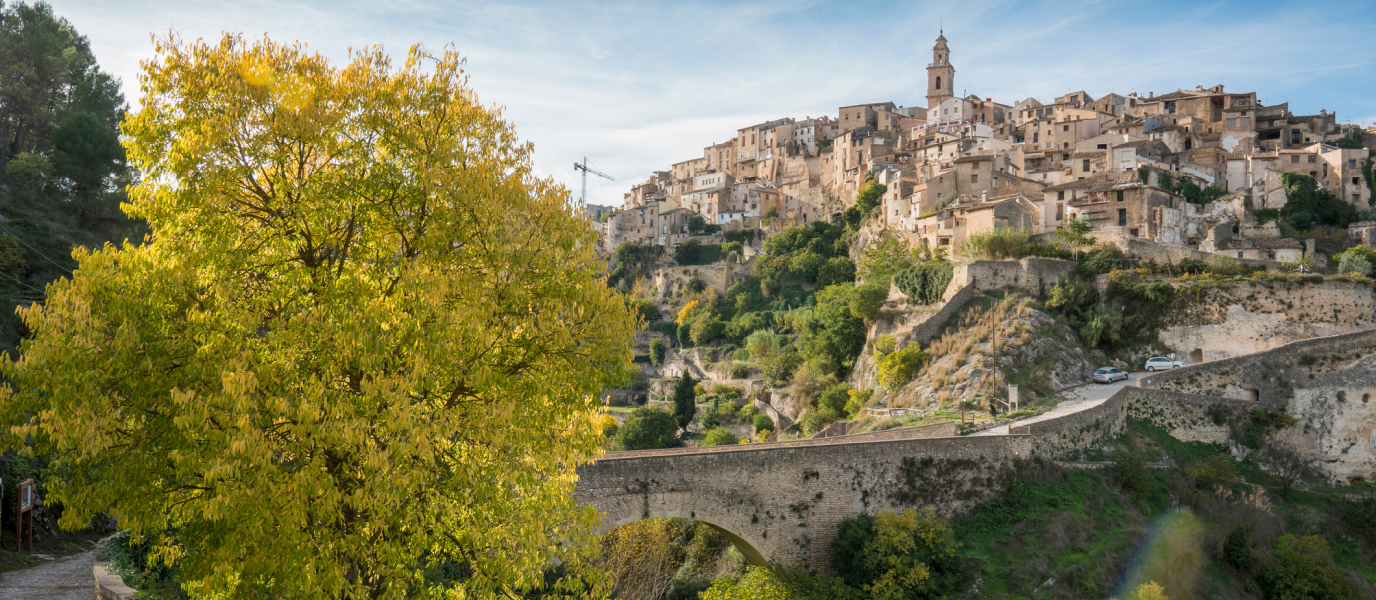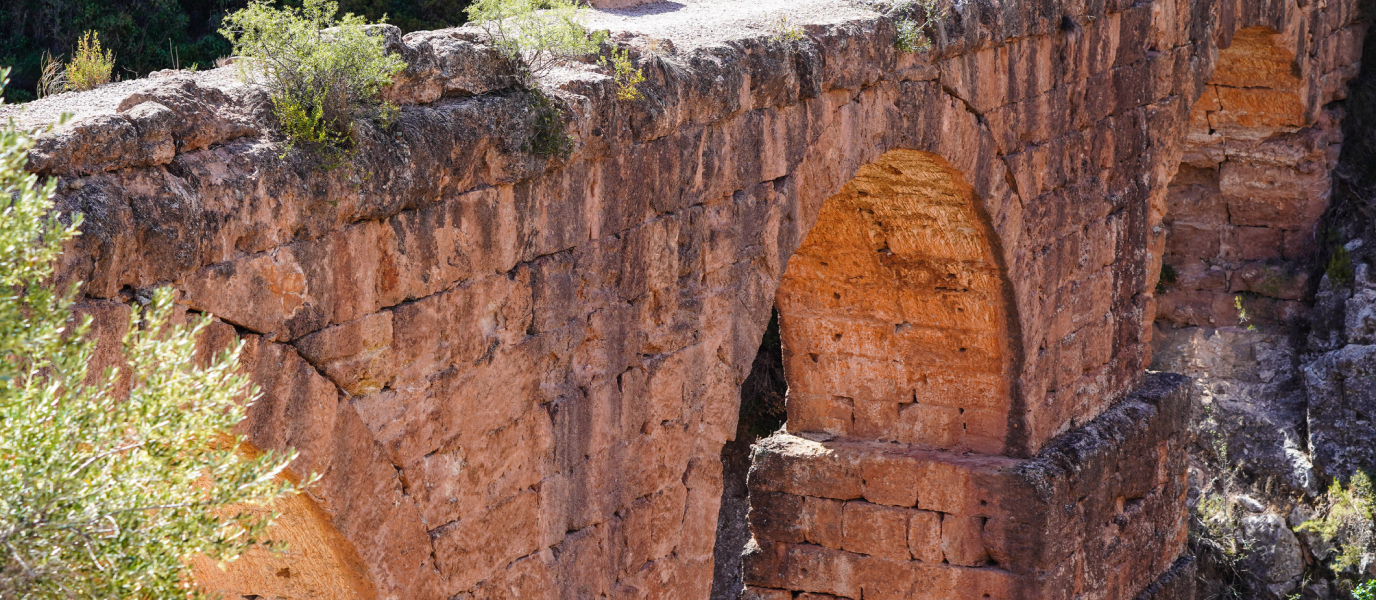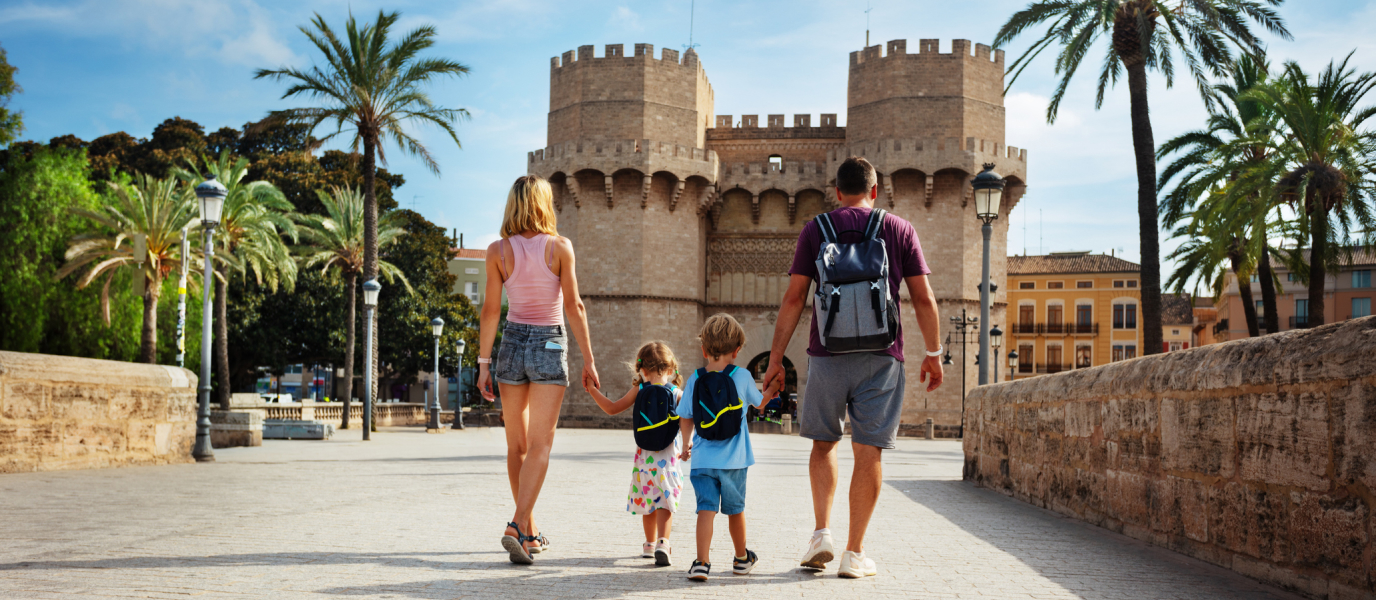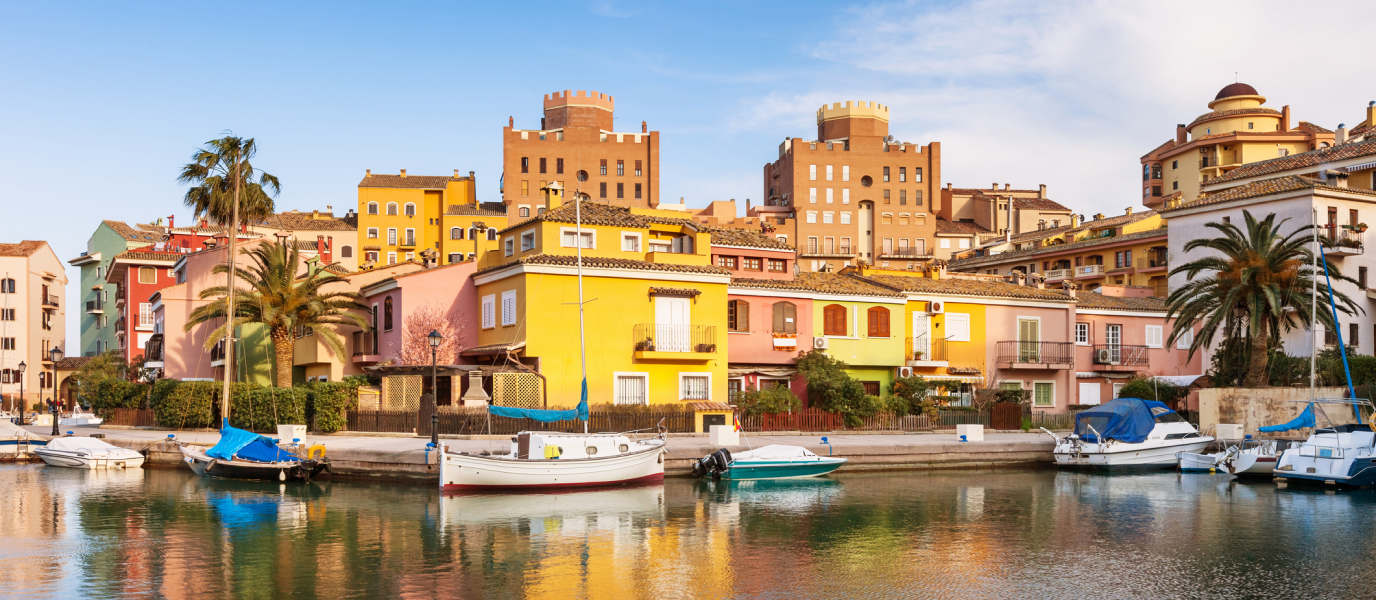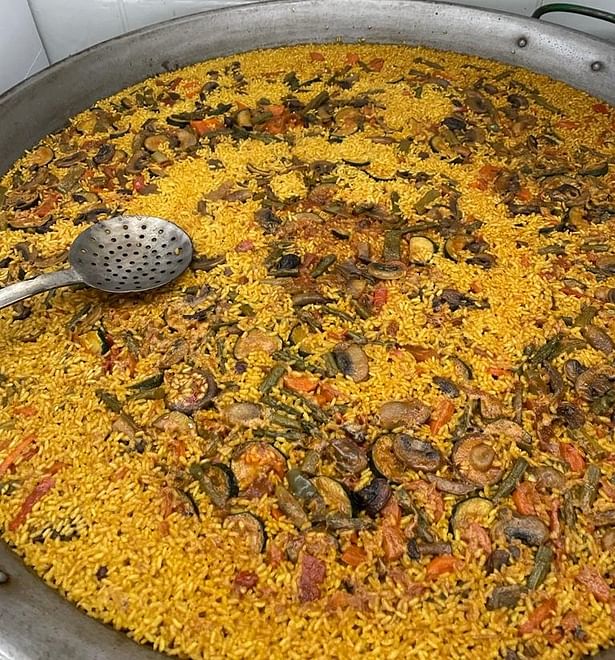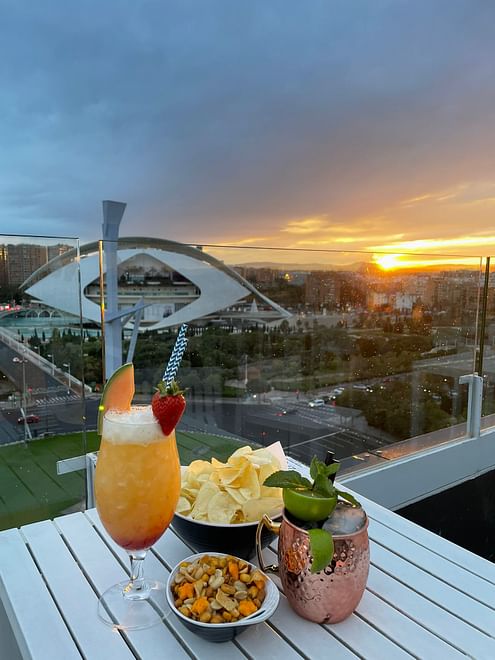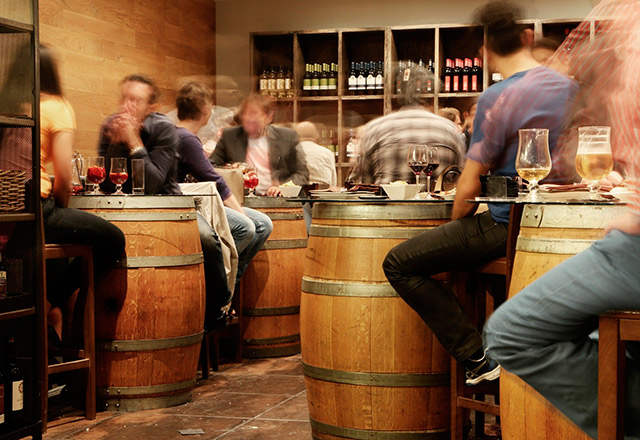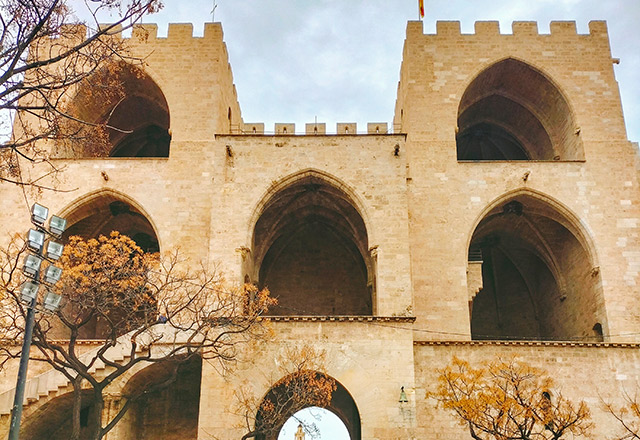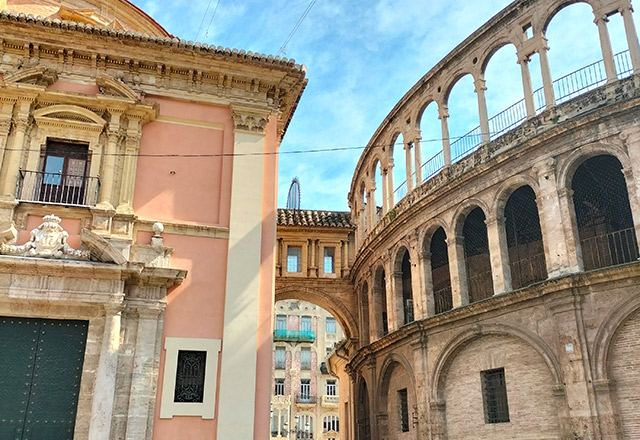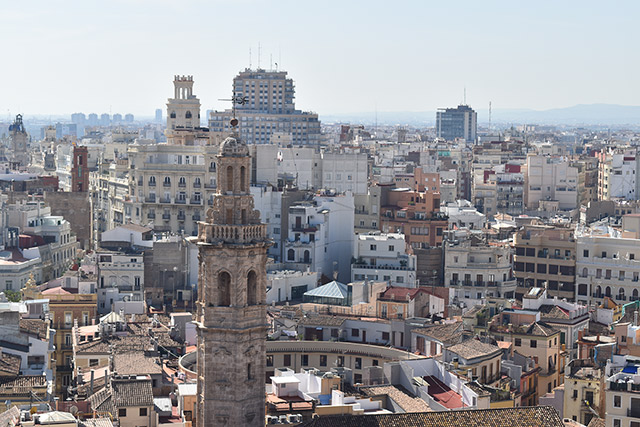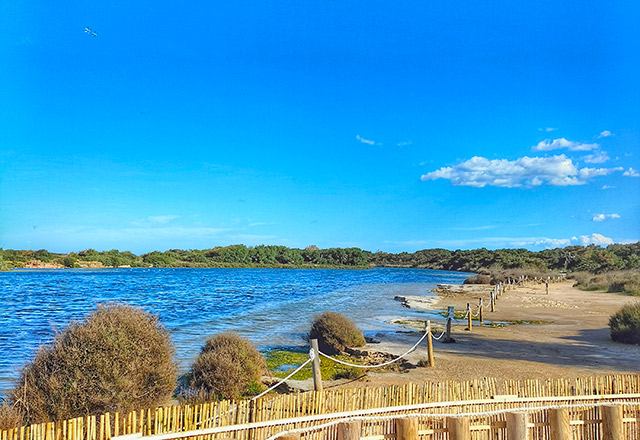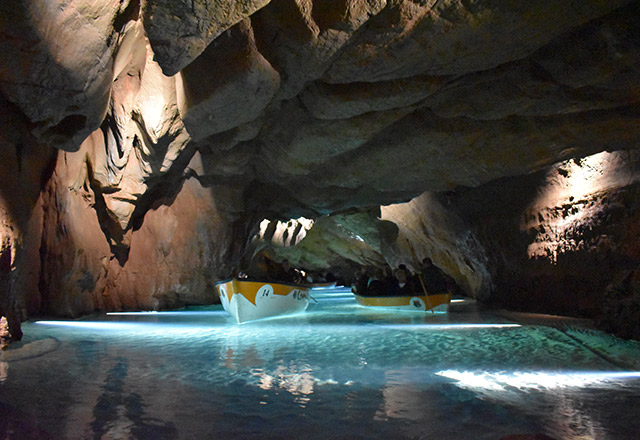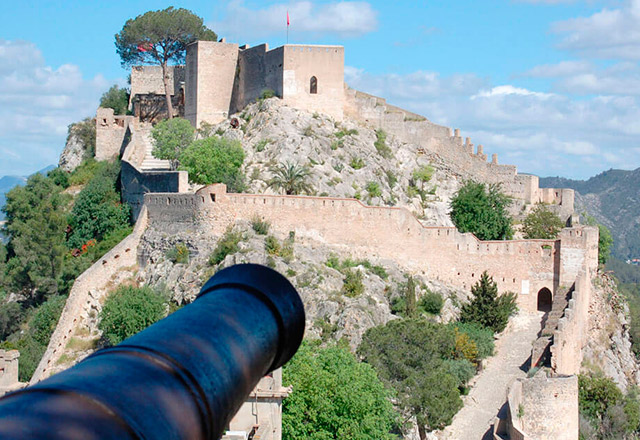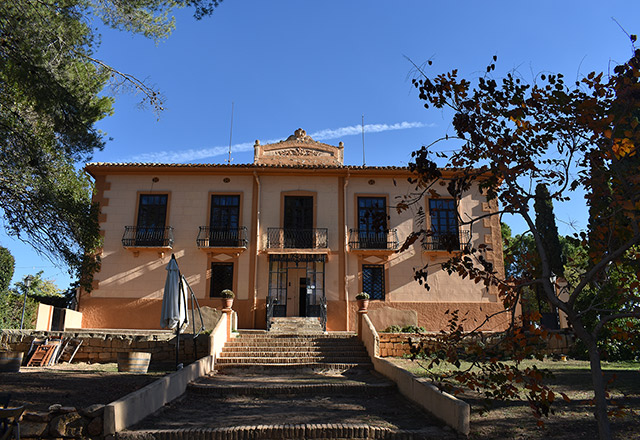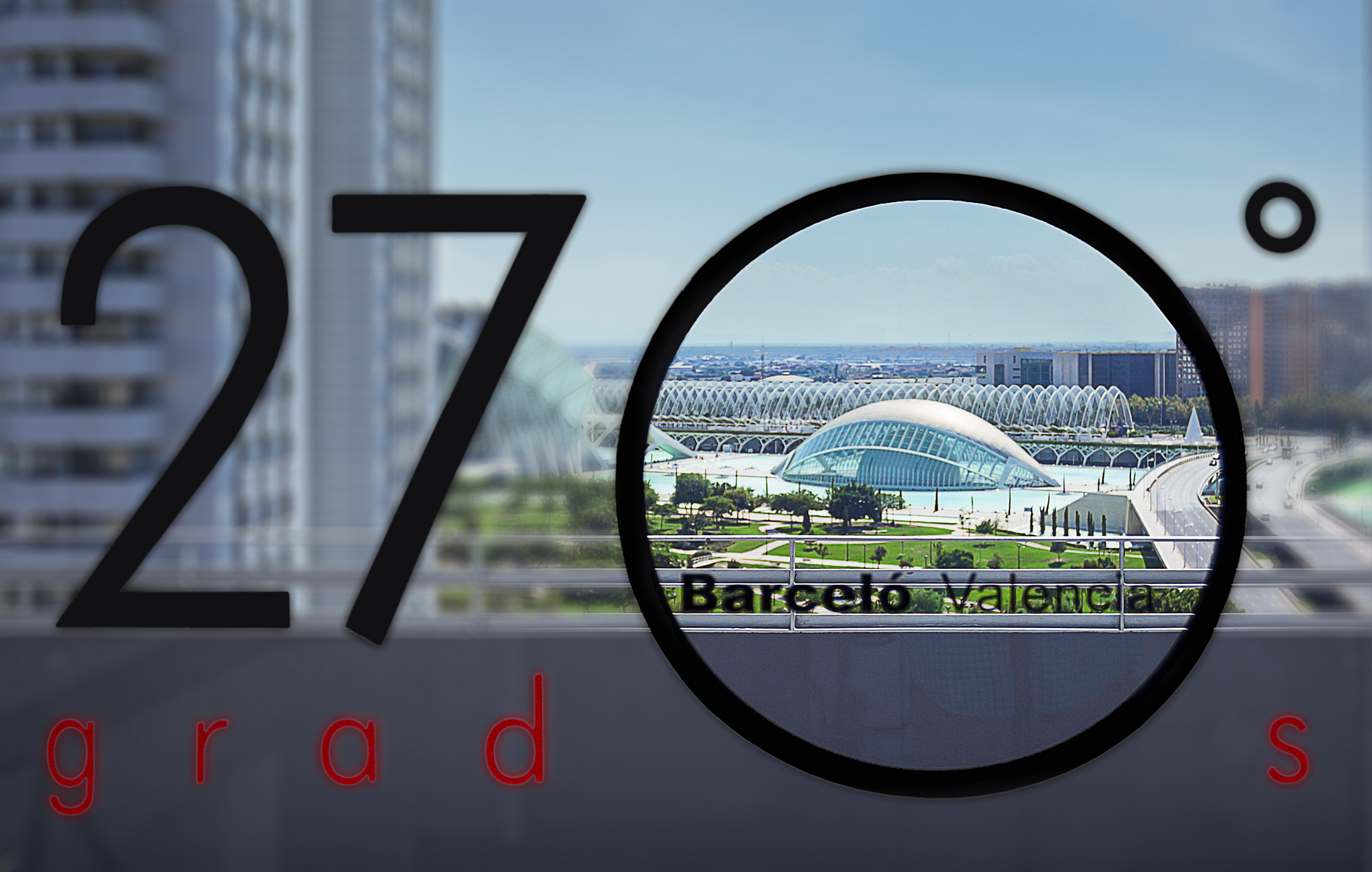The historic quarter, the Moors’ Caves (Covetes dels Moros), the Colomer Caves, the ‘neveros’ or ice caves, the bullring, a prehistoric monastery, the church of Nuestra Señora de la Asunción… These are just a few of the many tourist attractions offered by Bocairent, a town located in the far south of the Autonomous Community of Valencia, with just over 4,000 inhabitants.
It is said that Bocairent is a ‘living stone’ as it is practically dug into the great rock that overshadows it, which makes this village such a special and unique place. So much so that its medieval historic quarter, with its Arab layout, has been declared an Asset of Historic and Cultural Interest. No visitor should miss meandering along its steeply sloping streets and exploring its prettiest and most emblematic spots — with no shortage of fountains or pots brimming with flowers. Also not to be missed are the religious buildings, such as the three hermitages that mark the boundaries of the historic quarter: Sant Joan, Mare de Deu dels Desemparats, and Mae de Deu d’Agost.
It is important to remember that, throughout history, Bocairent’s strategic geographical position has been conducive to the bringing together and development of the most diverse cultures.
History of Bocairent
Records show that Bocairent was inhabited as far back as the Neolithic Age. Remains from that time have recently been discovered in the Vinalopó and Sarsa caves, in addition to the remains of Iberian settlements in areas nearby. The Romans also left their mark here, as can be seen from the remains displayed in the Vicent Casanova Municipal Archaeological Museum, located beneath the church. Possibly the most prosperous period in the history of Bocairent was the Arab era, until the town became a possession of the Kingdom of Aragon in 1245. In 1587, Felipe II granted the town the title of Real Fábrica de Paños [Royal Cloth Factory], as this was one of the few places where markets were held, and which specialised in weaving linen and the manufacture of white cloth.
A tour of Bocairent’s historic quarter
Bocairent’s historic quarter appears to hang from a ravine in the foothills of Albacete and Alicante. This lovely town has retained its unique appearance with its hanging houses and sloping squares, since the thirteenth century when it became part of the Kingdom of Aragon and its mosques were converted into churches. It is advisable to wear comfortable footwear when walking along the winding streets of Bocairent’s historic quarter, and enjoying its fantastic cobbled streets and cave dwellings. It is a picture postcard scene that has been declared a National Asset of Historic and Artistic Importance and is not to be missed.
On a tour of Bocairent’s historic quarter, visitors will come across the sixteenth-century church of Nuestra Señora de la Asunción, which is home to one of Juan de Jaunes’ most famous altarpieces, and the bullring dug out of the rock which is the oldest in the Autonomous Community of Valencia. Other fascinating tourist attractions in the centre of Bocairent are the Municipal Archaeological Museum, as well as the monument dedicated to the blanket, the manufacture of which is one of the area’s best-known craft industries.
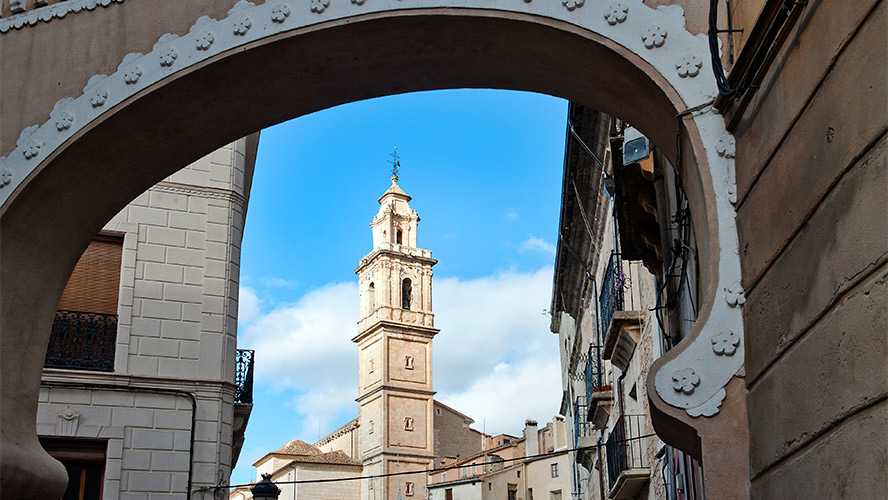
The cemetery viewing point
Thanks to its altitude and mountain setting, Bocairent’s Viewing Point offers visitors one of the village’s most panoramic views. From here, not only can you see a magnificent silhouette of Bocairent with its labyrinth of tiered houses, but you can also appreciate how the great tower of its church dominates the rest of the town. From here, you could join what is known as the “magic trail” around the town, a 2.5-kilometre circular footpath with a low level of difficulty that allows you to enjoy the lovely scenery of the Sierra de Mariola. This trail begins in the Plaza del Ayuntamiento, and leads past the strange Covetes dels Moros [Moors’ Caves], a complex of artificial caves with window-like openings.
Where to eat in Bocairent
Thanks to its altitude and mountain setting, Bocairent’s Viewing Point offers visitors one of the village’s most panoramic views. From here, not only can you see a magnificent silhouette of Bocairent with its labyrinth of tiered houses, but you can also appreciate how the great tower of its church dominates the rest of the town. From here, you could join what is known as the “magic trail” around the town, a 2.5-kilometre circular footpath with a low level of difficulty that allows you to enjoy the lovely scenery of the Sierra de Mariola. This trail begins in the Plaza del Ayuntamiento, and leads past the strange Covetes dels Moros [Moors’ Caves], a complex of artificial caves with window-like openings.
Valencia itineraries
What to see in Valencia in 1 day
What to see in Valencia in 2 days
What to see in Valencia in 3 days
























































